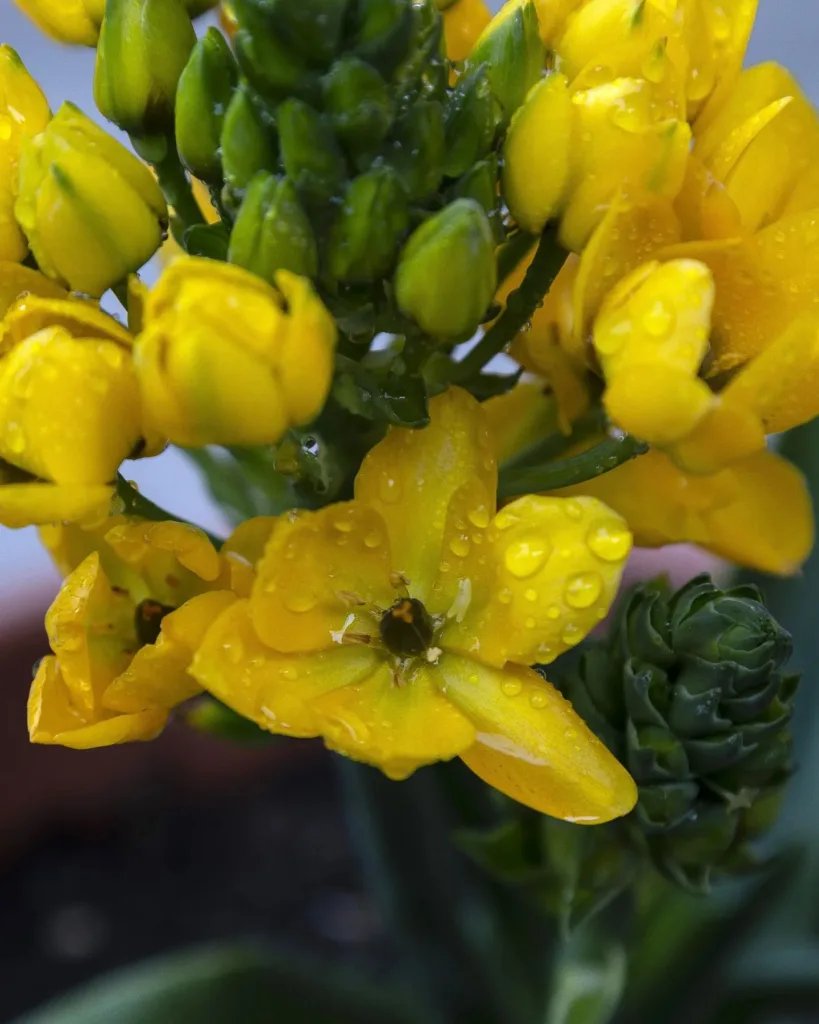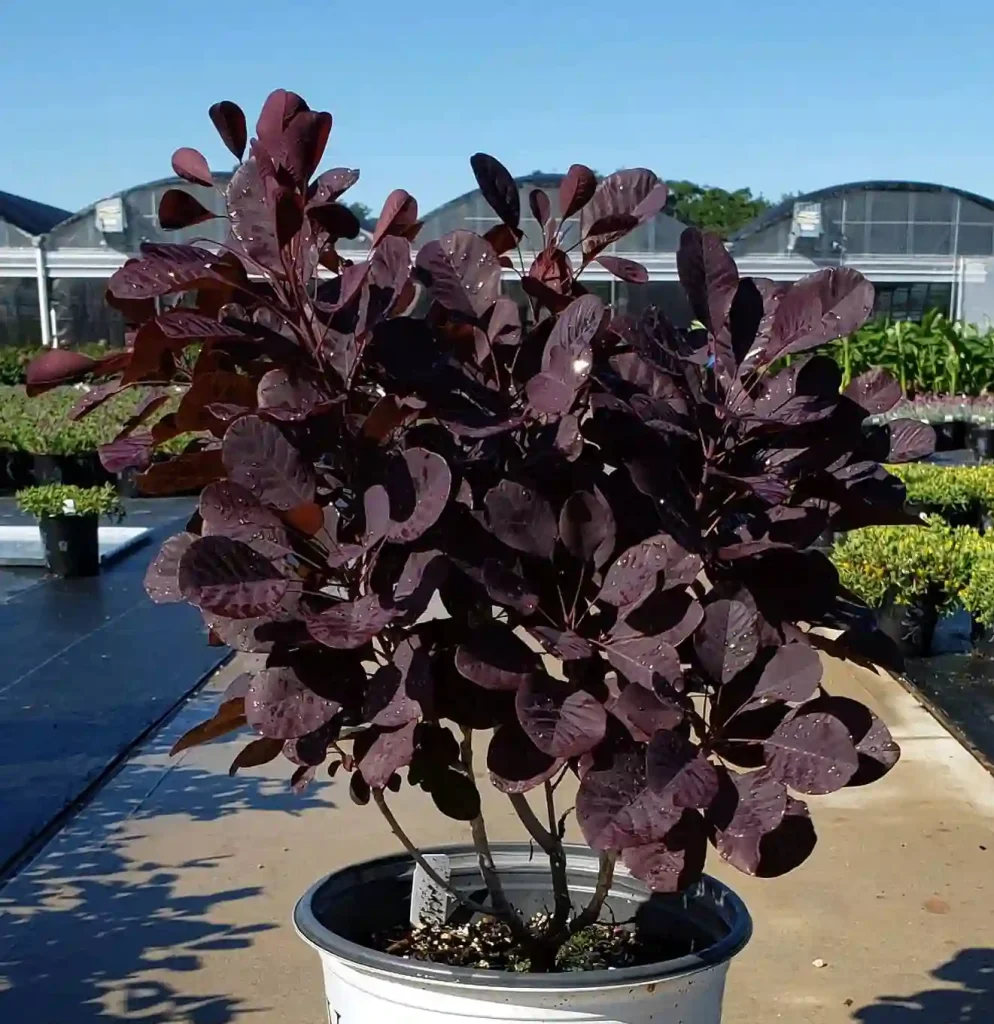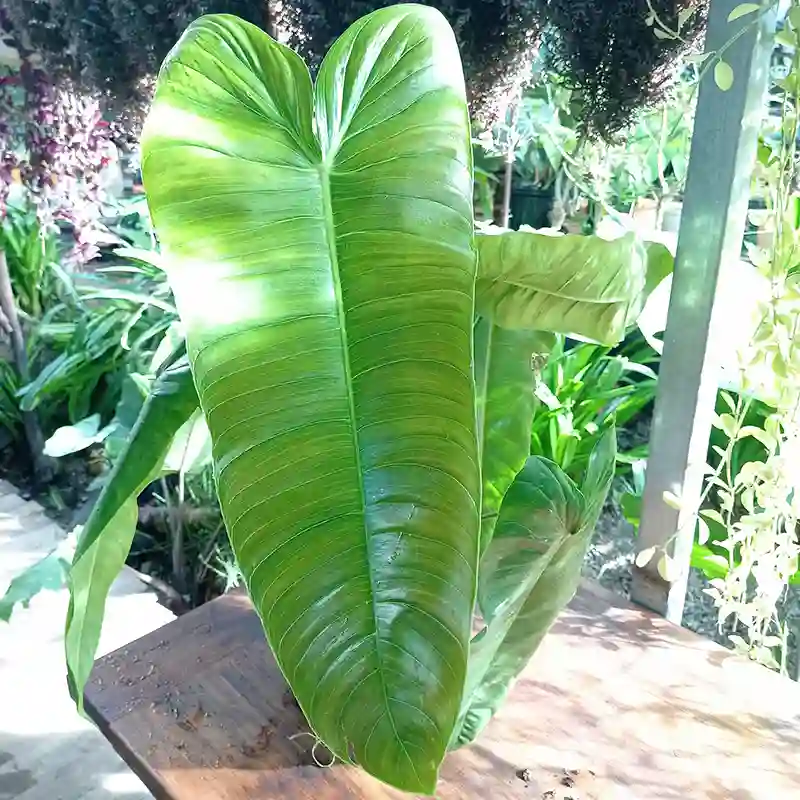Lycopodium: A Deep Dive with Ferb Vu
The plant kingdom is a vast and fascinating place, full of surprises and wonders. As a plant enthusiast, I’m always eager to learn more about the diverse species that inhabit our planet. One genus that has particularly captured my attention is Lycopodium, a group of fascinating plants commonly known as clubmosses.
These ancient plants, with their rich evolutionary history, have a unique charm. They’re not your typical flowering plants; they’re more primitive, harking back to a time when the world was dominated by ferns and their allies. This “primitive” nature is precisely what makes them so intriguing to me. Let’s delve deeper into the world of Lycopodium and explore what makes these plants so special.
Understanding Lycopodium
Lycopodium belongs to the family Lycopodiaceae, a group of vascular plants that reproduce via spores rather than seeds. This characteristic places them in a unique category, distinct from the majority of plants we encounter daily. They lack flowers, fruits, and seeds, relying instead on a more ancient reproductive strategy.
The name Lycopodium originates from the Greek words “lykos” (wolf) and “podion” (little foot), perhaps alluding to the appearance of some species’ sporangia-bearing branches, which resemble a wolf’s paw. These sporangia, where the spores are produced, are often clustered in cone-like structures known as strobili, adding another layer of intrigue to these plants.
Species within the Genus
The genus Lycopodium is diverse, with various species exhibiting unique characteristics. Here are:
- Lycopodium aberdaricum Chiov.
- Lycopodium aequale Charit.
- Lycopodium alboffii Rolleri
- Lycopodium alpinum L.
- Lycopodium amplum Charit.
- Lycopodium angustiramosum (Alderw.) Herter
- Lycopodium annotinum L.
- Lycopodium assurgens Fée
- Lycopodium carolinum (Lawalrée) Symoens
- Lycopodium casuarinoides Spring
- Lycopodium clavatum L.
- Lycopodium complanatum L.
- Lycopodium compressum Charit.
- Lycopodium confertum Willd.
- Lycopodium dendroideum Michx.
- Lycopodium deuterodensum Herter
- Lycopodium diaphanum (P.Beauv.) Sw.
- Lycopodium digitatum Dill. ex A.Braun
- Lycopodium dubium Zoëga
- Lycopodium erectum Phil.
- Lycopodium fasciculatum Charit.
- Lycopodium fastigiatum R.Br.
- Lycopodium fawcettii F.E.Lloyd & Underw.
- Lycopodium gayanum Brongn.
- Lycopodium × habereri House
- Lycopodium halconense Copel.
- Lycopodium henryanum E.D.Br.
- Lycopodium hickeyi W.H.Wagner, Beitel & R.C.Moran
- Lycopodium hygrophilum Alderw.
- Lycopodium × issleri (Rouy) Domin
- Lycopodium japonicum Thunb.
- Lycopodium juniperoideum Sw.
- Lycopodium jussiaei Desv.
- Lycopodium lagopus Zinserl. ex Kuzen.
- Lycopodium lawessonianum B.Øllg.
- Lycopodium madeirense J.H.Wilce
- Lycopodium magellanicum (P.Beauv.) Sw.
- Lycopodium multispicatum J.H.Wilce
- Lycopodium nikoense Franch. & Sav.
- Lycopodium obscurum L.
- Lycopodium × oellgaardii (Stoor, Boudrie, Jérôme, K.Horn & Bennert) B.Bock
- Lycopodium paniculatum Desv.
- Lycopodium papuanum Nessel
- Lycopodium platyrhizoma J.H.Wilce
- Lycopodium pritzelii Herter ex Nessel
- Lycopodium pullei Alderw.
- Lycopodium ramosum Charit.
- Lycopodium raroramosum Charit.
- Lycopodium × sabinifolium Willd.
- Lycopodium scariosum G.Forst.
- Lycopodium sitchense Rupr.
- Lycopodium solidum Charit.
- Lycopodium spectabile Blume
- Lycopodium thyoides Willd.
- Lycopodium tristachyum Pursh
- Lycopodium veitchii Christ
- Lycopodium venustulum Gaudich.
- Lycopodium vestitum Desv.
- Lycopodium volubile G.Forst.
- Lycopodium wightianum Wall. ex Hook. & Grev.
- Lycopodium yueshanense C.M.Kuo
- Lycopodium zanclophyllum J.H.Wilce
- Lycopodium × zeilleri (Rouy) Greuter & Burdet
Ecological Significance
Lycopodium species play a crucial role in their respective ecosystems. They often form a significant component of the ground cover in forests, contributing to nutrient cycling and soil stability. Their presence helps to maintain the health of the ecosystem, providing habitat and resources for other organisms.
Furthermore, some Lycopodium species have been traditionally used for medicinal purposes. The spores of certain species, particularly L. clavatum, have been used as a dusting powder for wounds and skin irritations. They have also been used in homeopathic remedies for various ailments.
Conservation Concerns
Despite their ecological importance, some Lycopodium species face conservation challenges. Habitat loss due to deforestation and development poses a significant threat to their survival. Additionally, over-collection for medicinal or ornamental purposes can also impact their populations.
Conservation efforts are crucial to ensure the continued existence of these fascinating plants. Protecting their natural habitats and promoting sustainable harvesting practices are essential steps in preserving their diversity for future generations.
Looking Ahead
As I continue to explore the world of plants, I’m excited to learn more about the Lycopodium genus. Their unique biology, ecological significance, and potential applications make them a captivating subject for further study. I believe that continued research and conservation efforts will help us to better understand and protect these ancient plants, ensuring their place in our planet’s biodiversity.
The journey through the plant kingdom is an endless one, full of discovery and wonder. With each new genus I encounter, my appreciation for the complexity and beauty of the natural world deepens. Lycopodium, with its unique characteristics and evolutionary history, serves as a reminder of the incredible diversity that surrounds us and the importance of preserving it for generations to come.
If i die, water my plants!



